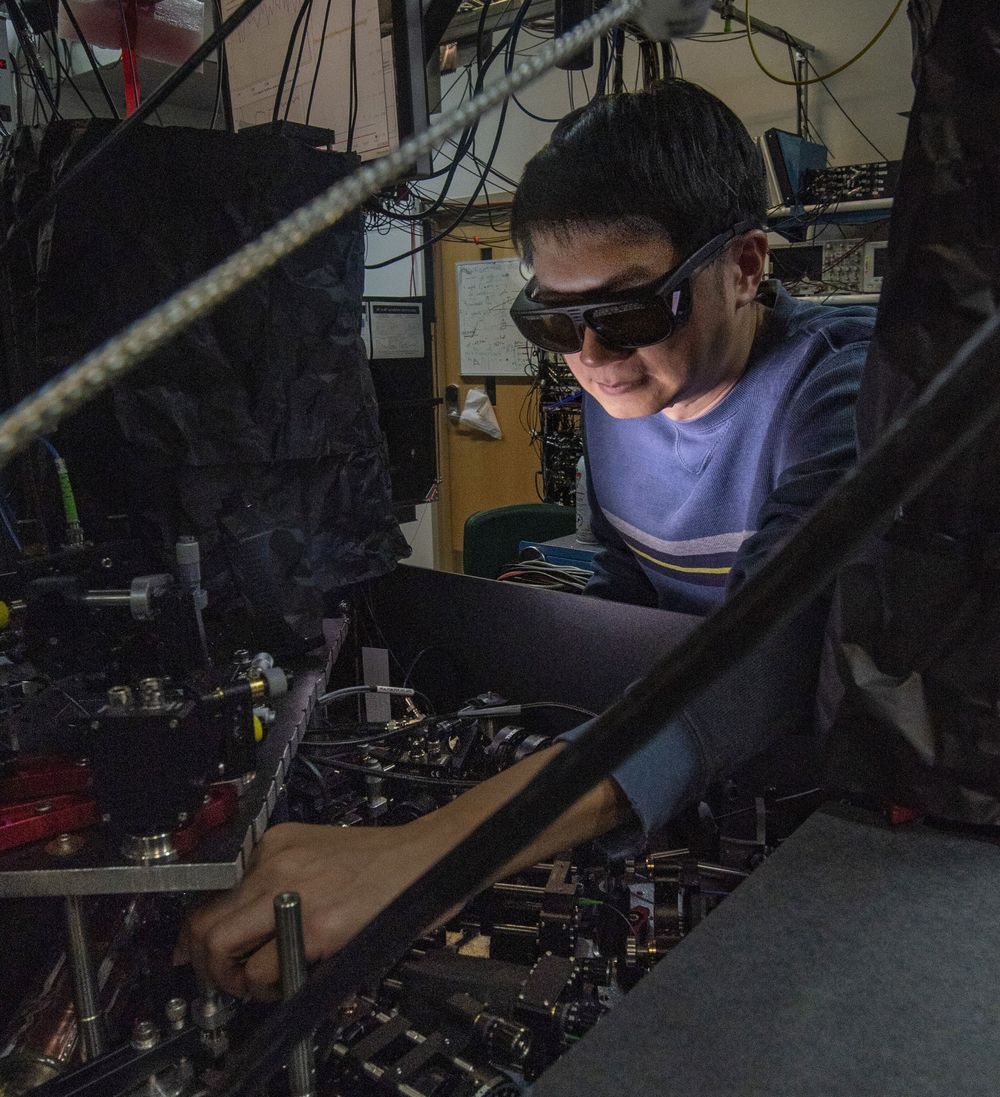Physicists at the National Institute of Standards and Technology have boosted their control of the fundamental properties of molecules at the quantum level by linking or “entangling” an electrically charged atom and an electrically charged molecule, showcasing a way to build hybrid quantum information systems that could manipulate, store and transmit different forms of data.
Described in a Nature paper posted online May 20, the new NIST method could help build large-scale quantum computers and networks by connecting quantum bits (qubits) based on otherwise incompatible hardware designs and operating frequencies. Mixed-platform quantum systems could offer versatility like that of conventional computer systems, which, for example, can exchange data among an electronic processor, an optical disc, and a magnetic hard drive.
The NIST experiments successfully entangled the properties of an electron in the atomic ion with the rotational states of the molecule so that measurements of one particle would control the properties of the other. The research builds on the same group’s 2017 demonstration of quantum control of a molecule, which extended techniques long used to manipulate atoms to the more complicated and potentially more fruitful arena offered by molecules, composed of multiple atoms bonded together.









Comments are closed.